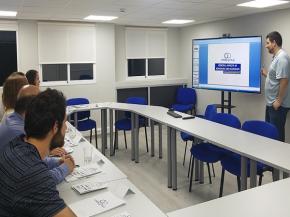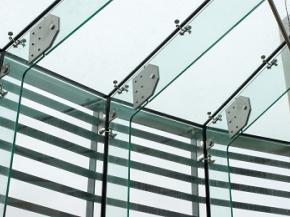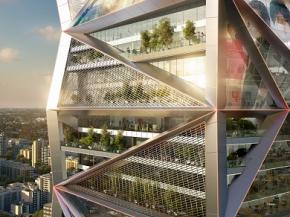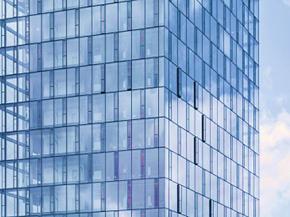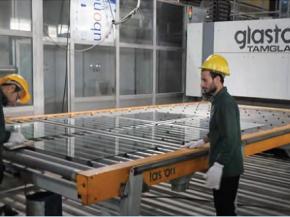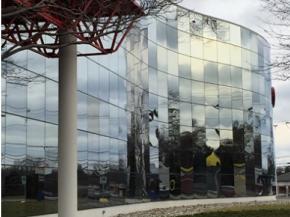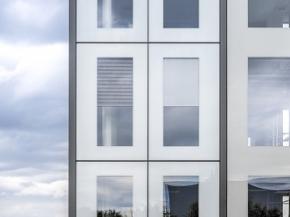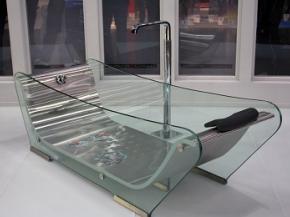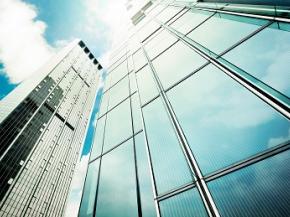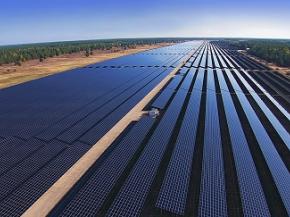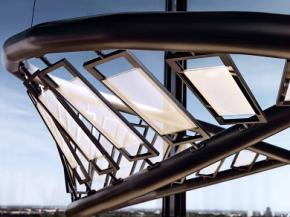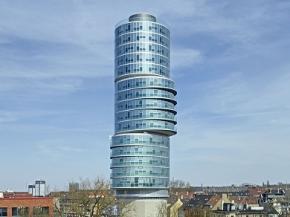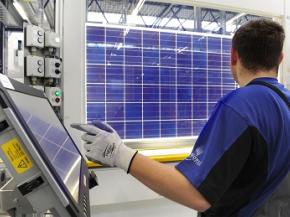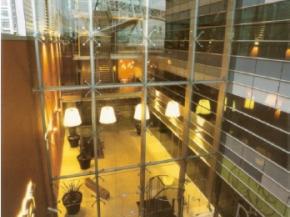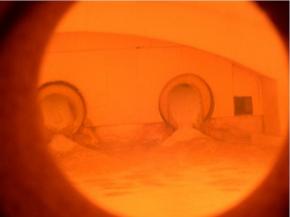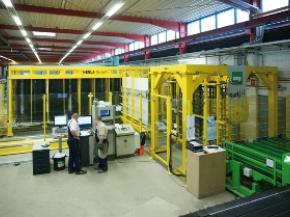Latest articles
| Since Oribay began with its Oritape production (commercial brand for its own adhesives), 92% of their customers have already chosen this alternative.
| Today’s functional buildings tend to have shapes that go much further than pure expediency, and glass is therefore used more and more frequently as a structural support element.
| Touchscreen displays, LED technology and ultra-thin glasses: The multifunctional diversity of glass in IT and architecture will, in the long term, lead to a combination of both.
| Modern, transparent and prestigious – large glass façades are very much in vogue for office complexes and industrial buildings.
| For the past five years, Nile Aluminium & Metals Company, or AluNile, has had very positive experiences with Glaston's first FC500™ tempering furnace sold outside Finland.
| Glass, a material with the unique property to let light inside an area, is normally used in building practice as just an enclosure. Its use in facades is also due to its chemically inert properties; it can be cleaned easily and remains good for many…
| Spandrel glazing has developed to a stage where more efficient insulation can generate higher thermal stresses than can normally be resisted by heat strengthened (HS) glass on which ceramic enamel (frit) has been applied.
| Over half the world’s seven billion inhabitants live in cities, by the year 2050 the number will grow to almost ten billion. In order to avoid a climatic collapse in the metropolises, there is no other alternative to energy-efficient buildings.
| In just two and a half decades glass has very quickly made the transformation from simple window glass to an almost universally applicable material.
| Cities are eating up an increasing amount of heat and electricity. In order to reduce this consumption, buildings have to become increasingly efficient and integrate more renewable energies.
| The crisis of the photovoltaic industry is drawing to a close. While it is true demand for solar modules is dropping in Europe, demand in many other regions is rising rapidly.
| Thanks to on-going research and development efforts glass products can take on ever new functions.
| Finding ways to improve energy efficiency is one of the greatest challenges facing contemporary architecture.
| Although the costs for solar power have come down considerably lately, photovoltaics are still unable to compete with conventional energy sources.
| High-performance functional glazing has a significant impact on the energy efficiency of buildings and their level of usability or life quality. Experts agree that increased demands will lead to improved functionality of the glass products used in…
| This paper intends to present how applications of structural glass systems have evolved in HDA’s projects since the author’s intial work at La Villette with Peter Rice and RFR.
| Currently modern facade buildings rely on glazed curtain wall systems. These systems include either singular aluminium alloy frame glass curtain walls or frameless glass curtain walls. This is the case of the so called spider fixing systems, which…
| Melting glass is a very energy intensive process, with process temperatures of more than 1600°C required to melt the raw materials in the furnace.
| October 2004: At glasstec, A+W and HEGLA present to the expert public the first SortJet controlled by the dynamic, online optimisation system DynOpt. For the first time ever, any sequence required can be achieved automatically, with optimum – in an…
| Modern digital printing technologies using ceramic inks are providing new interesting opportunities for longlasting decorations and optical effects on glass.

